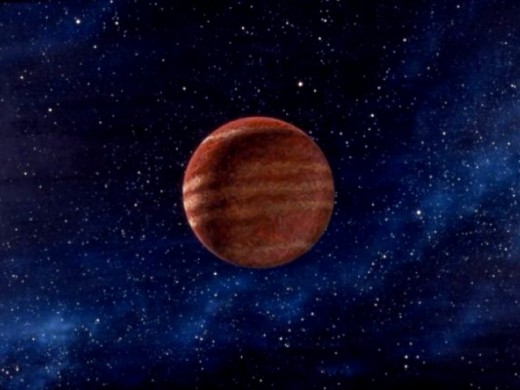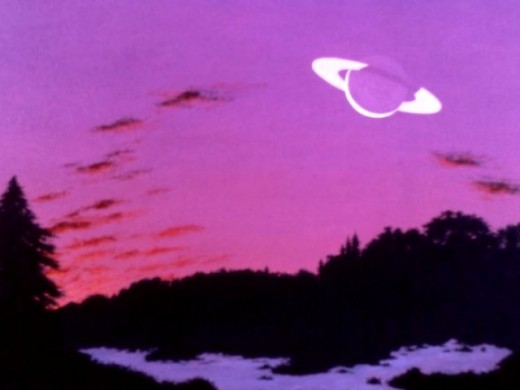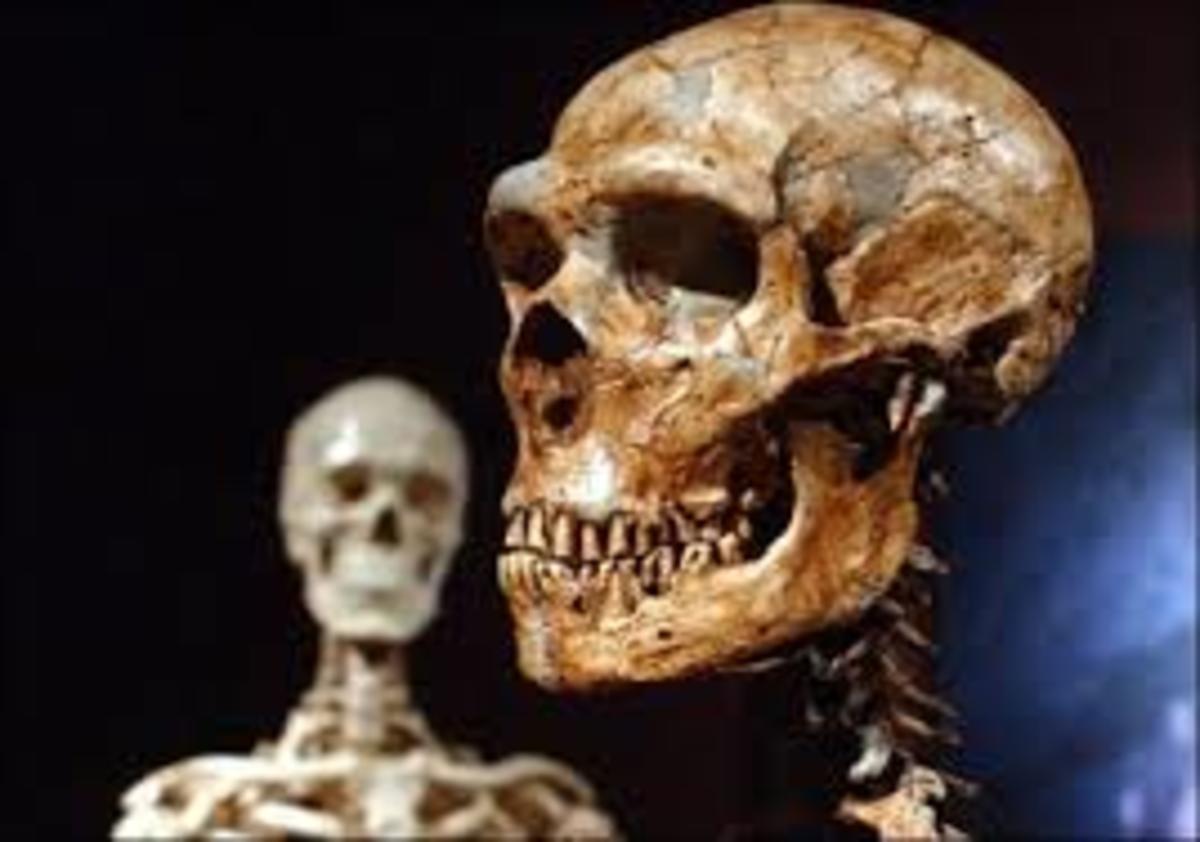The Water (Part 2 of 3)

Part 2 of 3
For nearly my entire life, there have been certain subjects which had not required investigation. These lived in the realm of make-believe, superstition and hoaxes. These existed in the fringe of human thought.
My father was an astrophysicist while my mother was a medical doctor. For them, religion was a primitive superstition not worthy of comment. And so, I have never read the Bible.
Oh, I had heard many of the major myths—Adam and Eve, Noah's Flood, Abraham and Isaac and, of course, the carpenter from Nazareth.
There is a Jesuit on board—the geologist I mentioned, earlier. This should not be too surprising. A respectable number of humanity's top scientists come from that religious order. I may yet gain the humility to consult him about what we have found. And yet, I have no doubt that he is undergoing some adjustments to his own worldview.
Our second major clue came when we discovered the dome high on a hill near the center of the small island continent—the largest landmass—where we had landed our ship. We would not have found it had it not been for the high sophate sensor readings—the signs of intelligent, artificial construction.
The dome looked like half an egg made of black obsidian. All one needed do was approach the four meter tall structure and a doorway would suddenly appear on its side. The interior was filled with devices, panels and display screens.
On every prior mission to other worlds, our philologist had always remained uninvolved. I had pitied the poor man for he'd had nothing to do on all those other expeditions. Here, he had become the center of attention. Frequently, he would pull any or all of us into multi-disciplinary discussions to give him direction in his interpretation of the alien language used in that dome.
Also, there were audiovisual recordings. Most of them seemed to be of Earth. And in those scenes, some of the flora and fauna dated those recordings to the Eemian interglacial—the most recent warm period on Earth, prior to the Holocene, and one hundred and twenty thousand years ago.
A great many of the recordings were of humans and Neanderthals, sometimes separately, and sometimes together. There were even domestic videos of hybrid families, for the most part consisting of a Homo sapiens male and Homo neanderthalensis female with several mixed children. The wives each looked enough like human to be called "human"—perhaps not beautiful, but ruggedly handsome for a well-endowed woman.
The audio attached to those files gave me goose bumps. Here, we were listening to sounds which were tens of thousands of years old. The human speech was unintelligible, but clearly a spoken language. The sounds of the Neanderthal mate and hybrid children were far more simple and could easily have been no more meaningful than the grunts and shrieks of a chimpanzee. Occasionally, a Neanderthal or hybrid child would speak a word or two in the human's language, but poorly pronounced.
The Neanderthals cared for their families and tribes. That much was clear from their behavior. They had the skills to make tools, clothes and shelter. But when it came to discussion, the Neanderthals and hybrid children more often seemed bewildered and the human parent frustrated.
Someone joked that this was typical husband and wife stuff—the lack of communication, the frustration and bewilderment. Most of us were not in the mood for such levity.
In the language of the ancient technologists (the ones who had built the obsidian egg), the humans were "oom tur el." The Neanderthals were "elma tos andraya" and their hybrid offspring were "chokla tos andraya." Only several weeks later did our philologist understand what these meant. And it was that meaning which finally made me question my skepticism.

About this time—weeks before the philologist's breakthrough—our geneticist gave us some startling news. There had been two incursions of life to Lavoisier—both, it seems, coming from Earth. Some of the phytoplankton separated from their earthly counterparts about seventy thousand years ago. Though this seems hardly enough time to oxygenate the atmosphere to its current extent, it might help explain why the second incursion of life could survive in these seas, and why we could now breathe the atmosphere without difficulty. That second incursion arrived about forty thousand years later.
But the "black egg," as we came to call the dome, revealed many more secrets. Perhaps the most startling of these proved to be a technology far beyond our own. That technology gave them the ability to create spatial gates—portals from one part of the universe to another.








